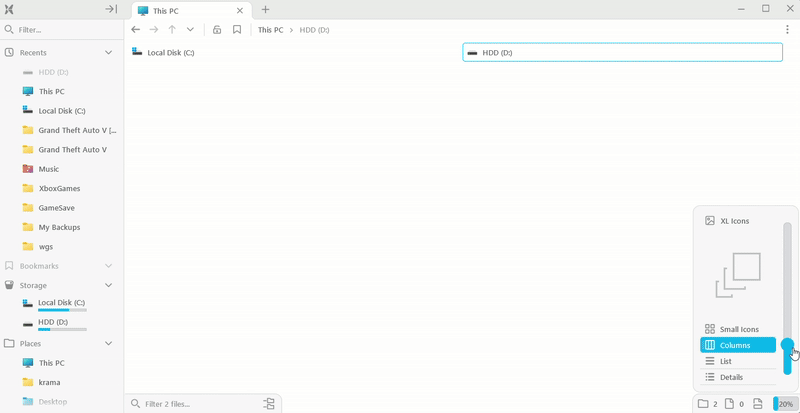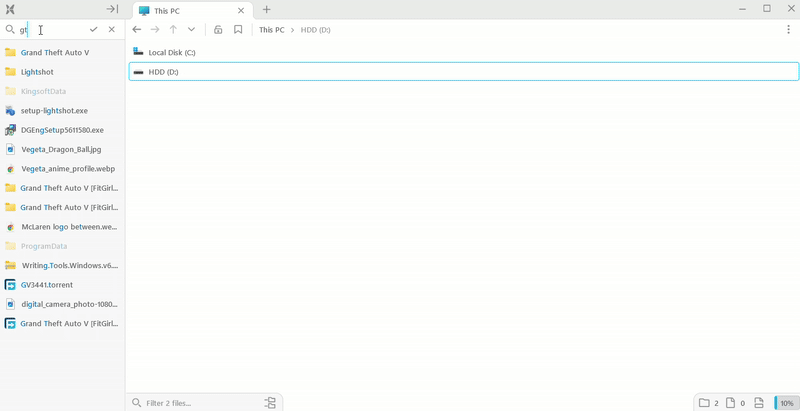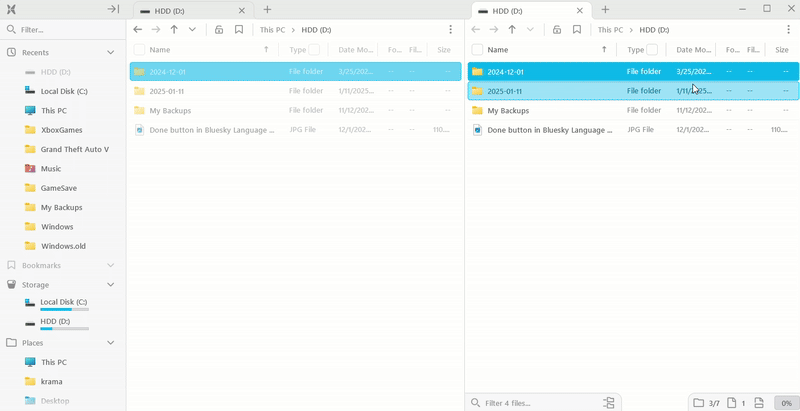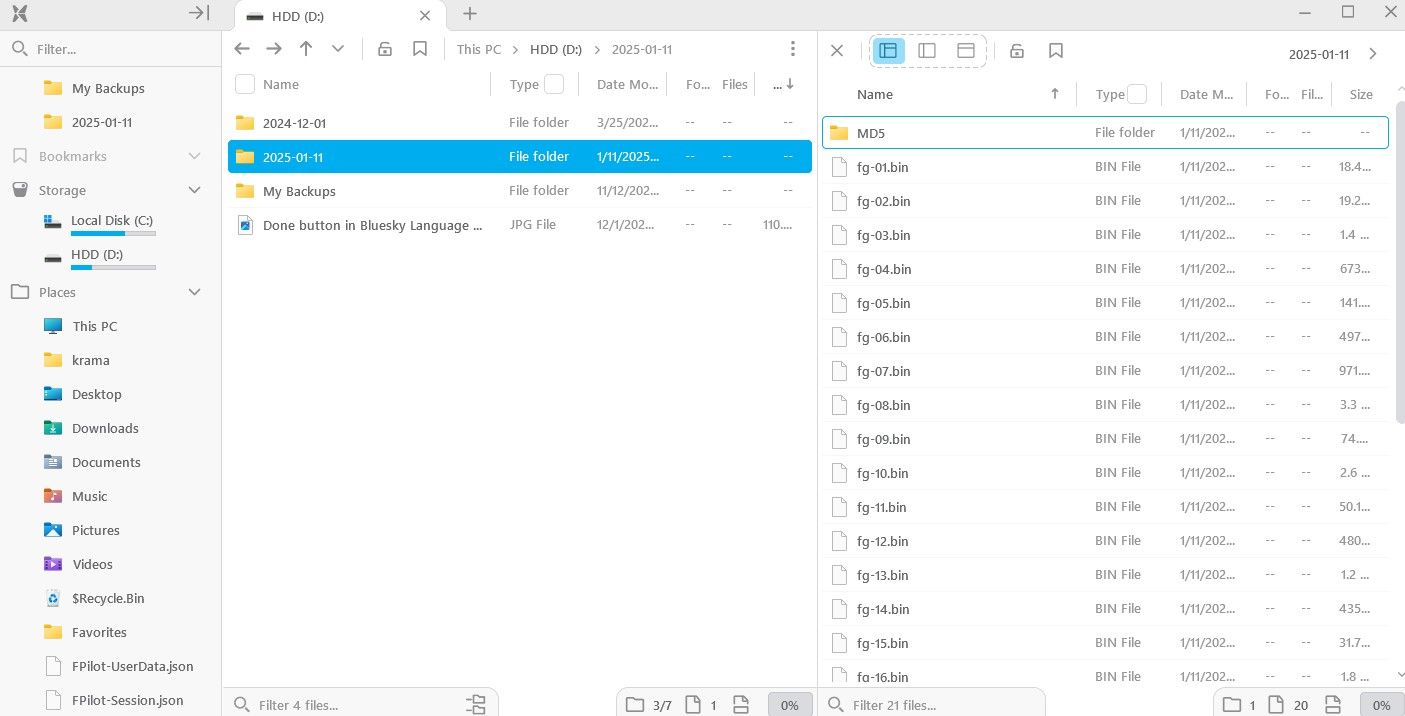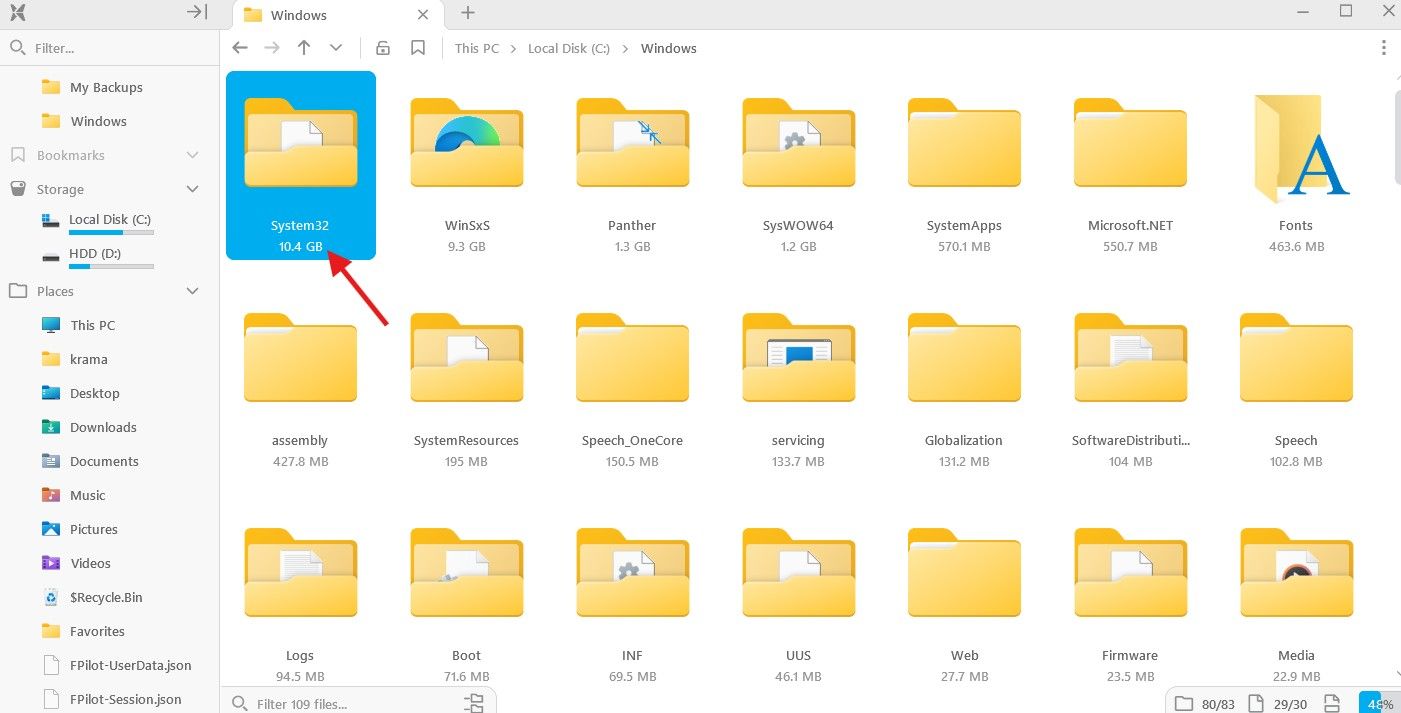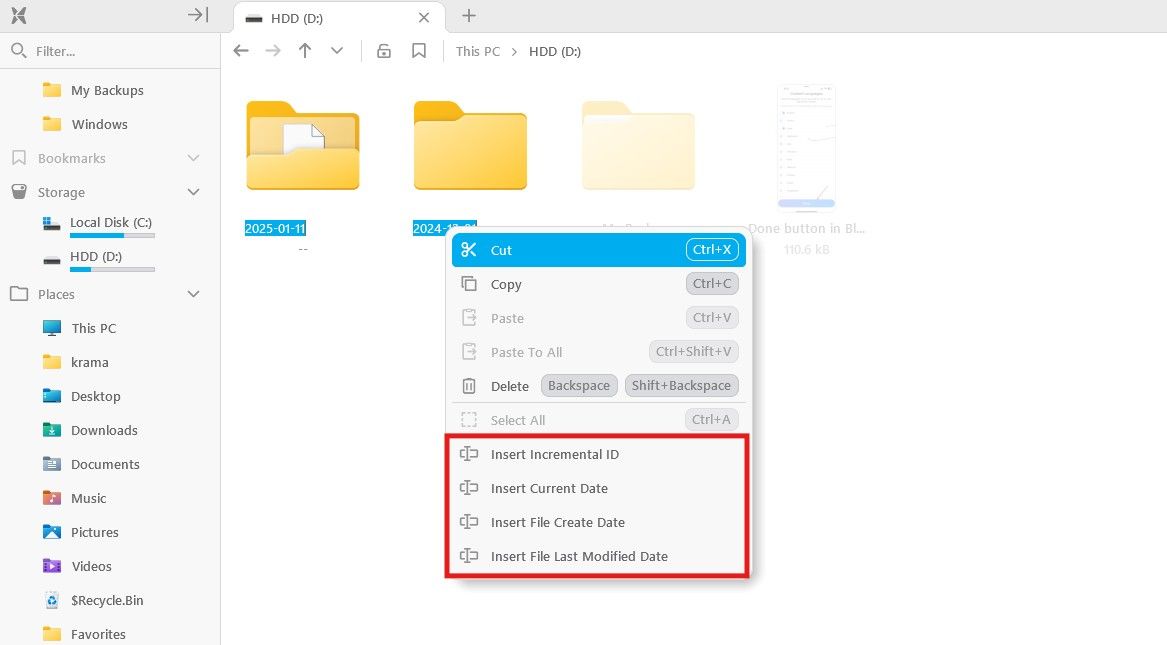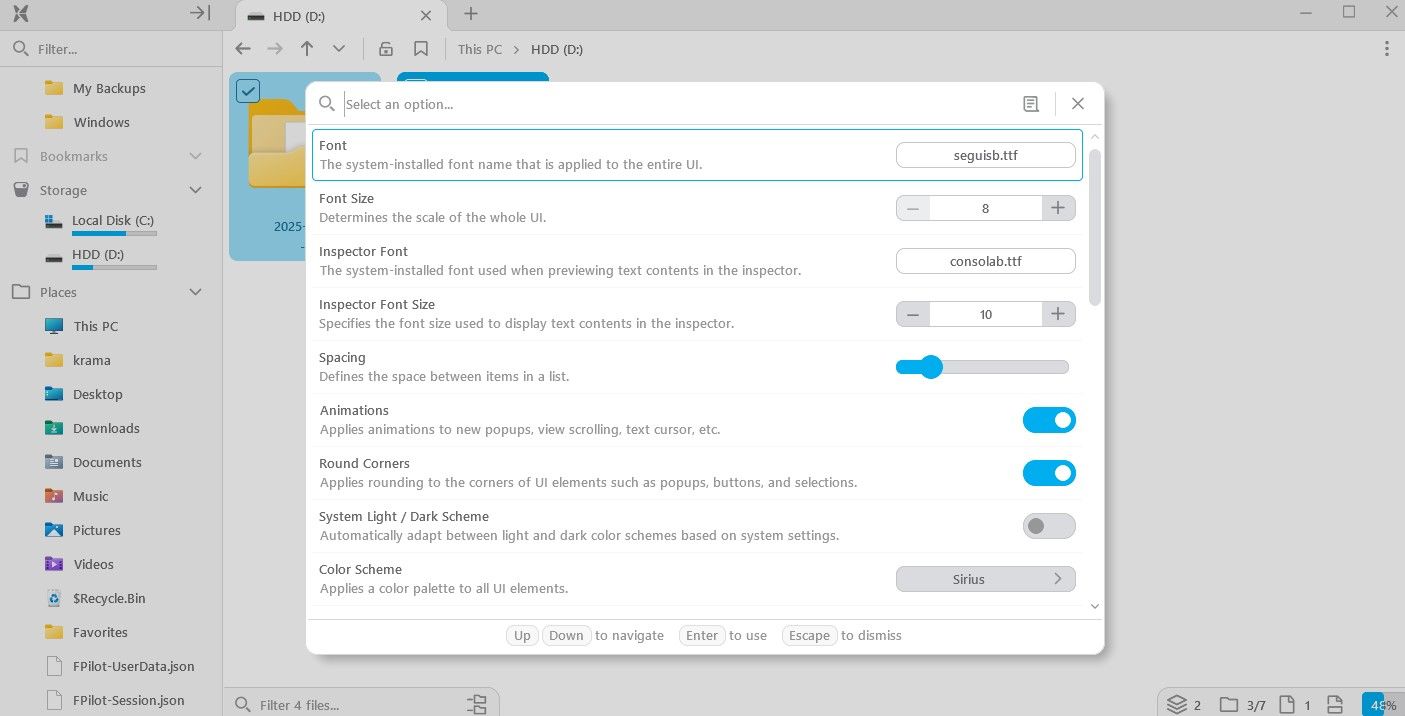OneCommander, Directory Opus, Q-Dir—there are plenty of File Explorer alternatives available for Windows 11. While each one has its own set of pros and cons, for me, File Pilot is so amazing that I’ve permanently replaced Windows File Explorer with it.
Lightweight and Super Fast
The very first thing you’ll notice when downloading File Pilot is its size. The app is only 1.8 MB in size, which is even smaller than the average size of a photo taken on an iPhone. After installing the app, launch it and notice how quickly it opens compared to File Explorer. While there aren’t any exact metrics to compare the launch speed of both apps, you’ll be able to easily observe the difference with the naked eye. You’ll experience this improved speed not only when opening the app, but also when launching folders and files.
The animation in File Pilot when opening a folder is also much smoother compared to Windows File Explorer. The app includes a slider that lets you change the view of files and folders within a location. When set to zero, File Pilot displays folder contents in a detailed view. As you gradually move the slider up, the view changes from Details to List, then to Columns, Small Icons, and finally XL Icons.
Another thing I liked most about File Pilot, especially in terms of speed, is its search function. Unlike File Explorer, where there’s often a slight delay when searching for something, File Pilot is incredibly fast. It updates the results in real time as you type in the search box, and interestingly, there’s no noticeable delay while the results are being updated.
Control Different Locations at the Same Time
Similar to File Explorer, File Pilot offers the multiple tabs feature, allowing you to open different locations in the same window. While you might find this feature in many Windows File Explorer alternatives, what sets File Pilot apart is its split functionality.
If you need to work in two different locations on your computer simultaneously, you can use the split feature. The app offers two split types—Split Right and Split Bottom. For instance, if you want to split the folder view vertically, you need to select the Split Bottom option. Similarly, if you want the split view on the right side, then you need to go for the Split Right option.
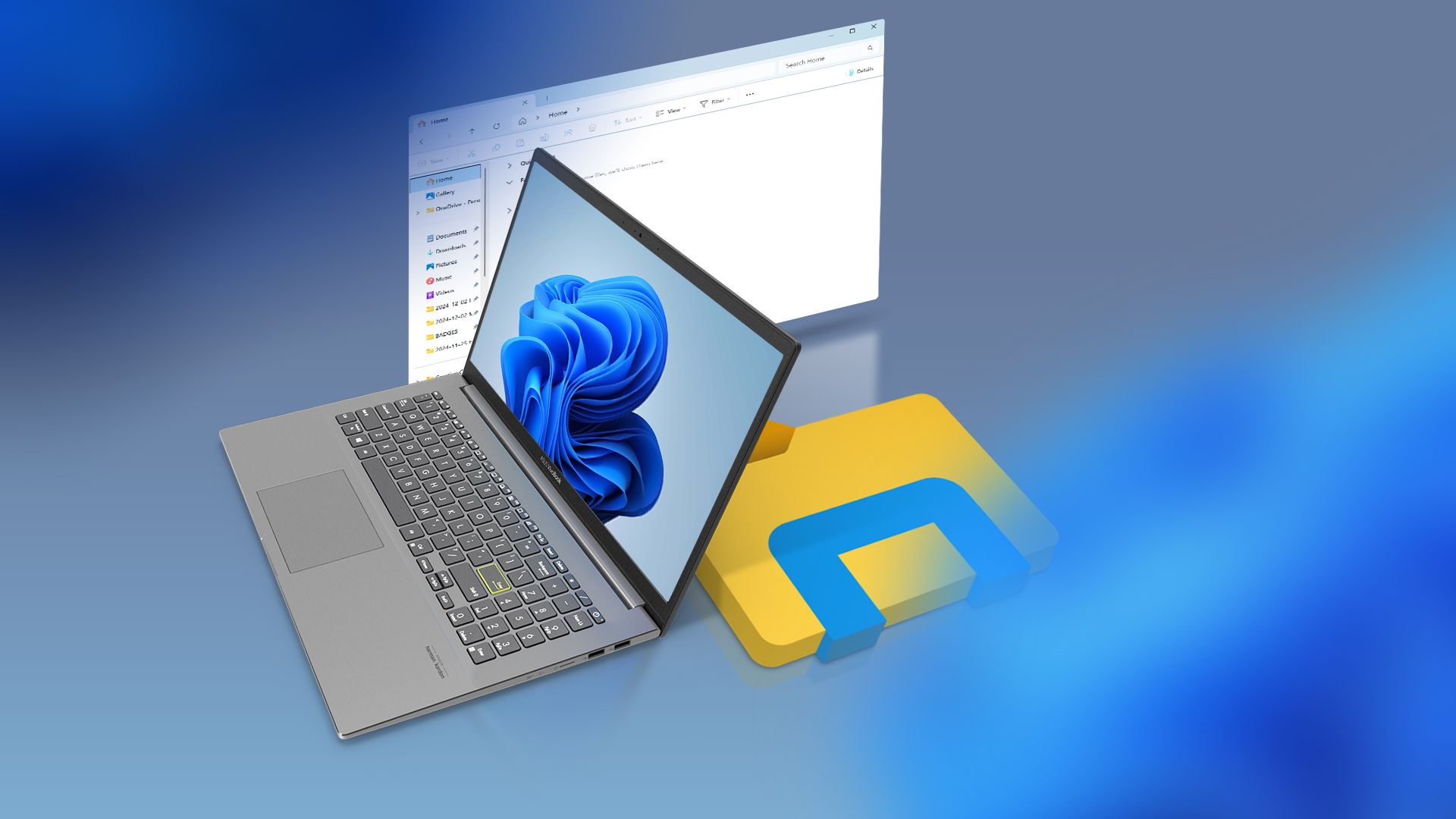
Related
You Probably Don’t Know About These Hidden Features in Windows 11 File Explorer
Even though PC users use Windows File Explorer all the time, these are some features that often go unused and unrecognized.
Watch Folder Content Even Without Opening Them
File Explorer offers a Preview option that lets you preview an image without even opening it. File Pilot offers a similar feature called Inspector, which goes one step further than the File Explorer Preview feature. In addition to images, the Inspector feature lets you preview folders as well.
You need to select the folder that you want to preview. Then, press the Space key to activate the Inspector feature. You’ll see all the content of the selected folder in the right pane of the window. Similarly, you can preview an image as well.
Another cool feature you’ll notice in File Pilot is that it displays folder and file sizes by default. As of this writing, this feature is not available in Windows File Explorer, and you typically need to install third-party tools like Windhawk to enable it.
Rename Multiple Files Simultaneously
File Pilot includes a batch rename feature that allows you to rename multiple folders and files simultaneously. When renaming multiple folders, the app automatically adds a number at the end of each folder name to differentiate them. For example, if you are batch renaming three folders, the app will append 1, 2, and 3 to the folder names to distinguish them.
If you don’t want to assign the same name to multiple folders while batch renaming, you also have the option to use each folder’s creation date as its name. In addition to the creation date, you can rename folders based on their incremental ID, last modified date, or current date. To do this, select the folders you want to rename, right-click on them, and choose “Rename.” Then, right-click on them again and select how you want to rename the folder from the menu that appears.
Customize File Pilot to Your Liking
In addition to all the features, what I liked most about File Pilot is the ability to customize it to your liking. The Options window, which you can access by clicking the app’s icon in the top-left corner and selecting “Options,” provides a long list of customization options. You can change the font, adjust the font size, manage animations, and much more.
Unlike Windows File Explorer, which offers only two color schemes, File Pilot gives you the option to pick from six. Additionally, you can configure how the app loads on startup, decide whether to display hidden files and customize various other settings to make the app perform as you like.
While I couldn’t find any major downsides to File Pilot in terms of its features, its pricing might be a major drawback for many users. As of now, the app is available as a free public beta. However, once it reaches a stable release, you’ll need to purchase a premium plan to continue using it.
The app will be available in two versions: Essential, which will cost $40, and Pro, which will cost $200. While both versions will offer similar features, the Essential version will include only one year of updates, whereas the Pro version will provide lifetime updates, access to a VIP channel, and priority support from the developers.
The pricing is definitely on the higher side, and only a few users may be willing to pay such a high amount for a mere file explorer. If the developers somehow manage to keep the app free for personal use, it could become a strong alternative to Windows File Explorer.


